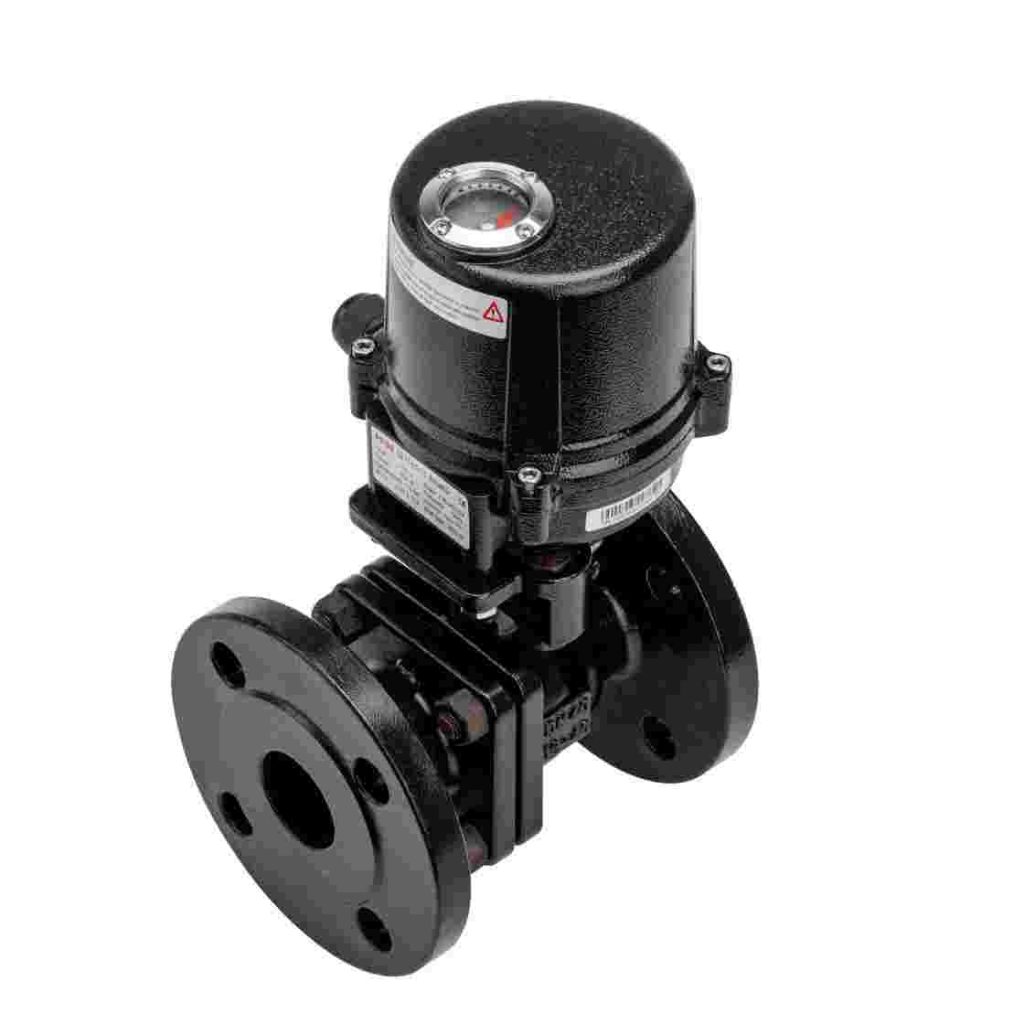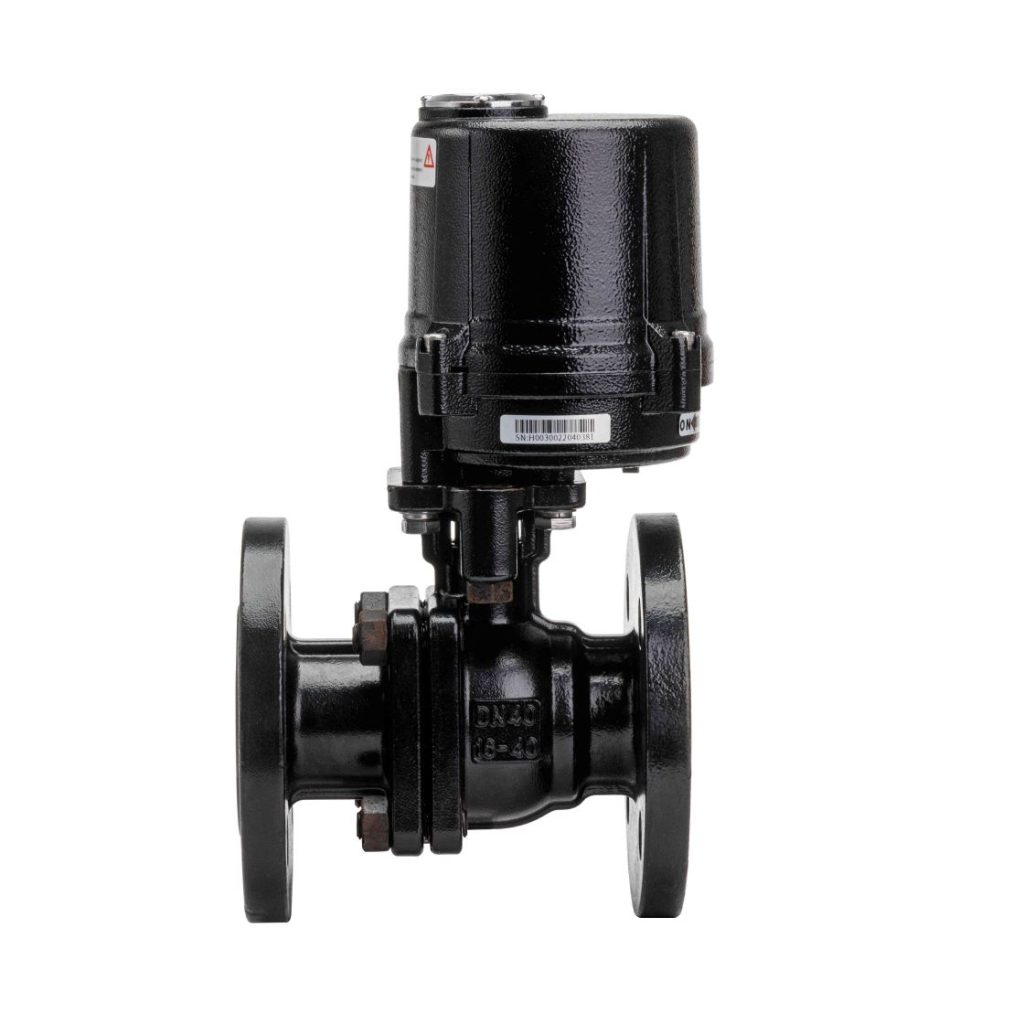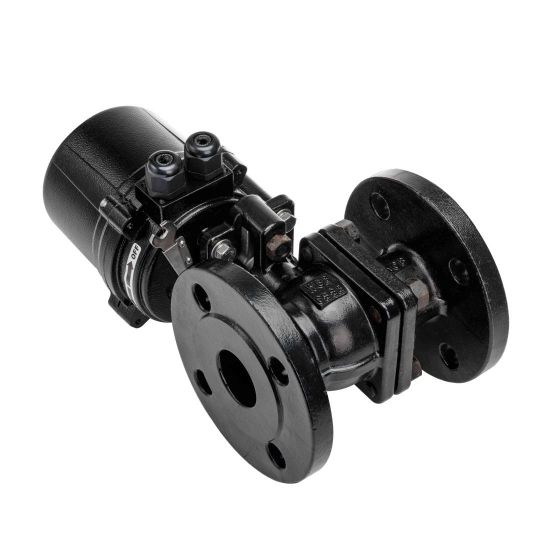The Stainless Steel Electric High Temperature Ball Valve is an essential component in modern industrial systems, offering reliable and efficient control of fluid flow in high-temperature environments. With advancements in automation and materials science, this valve combines durability, precision, and automation to provide optimal solutions for industries dealing with high-temperature fluids. This article will explore the features, advantages, and applications of the stainless steel electric high-temperature ball valve, highlighting its importance in various industries.

Introduction

Ball valves are widely known for their ability to control the flow of liquids and gases. However, when it comes to high-temperature applications, the material and design of the valve must withstand extreme conditions. The Stainless Steel Electric High Temperature Ball Valve is specifically engineered to endure the challenges posed by high-temperature fluids, providing an ideal solution for industries such as chemical processing, oil and gas, power generation, and steel manufacturing. Key Features of Stainless Steel Electric High Temperature Ball Valve Durable Stainless Steel Construction The use of stainless steel as the primary material for the valve body and internal components makes the valve highly resistant to corrosion, wear, and high temperatures. Stainless steel grades such as 304 and 316 are commonly used, with 316 being preferred for its superior resistance to chloride corrosion and high-temperature stability. This ensures that the valve can function optimally in aggressive environments, extending its service life and minimizing the need for frequent maintenance.
